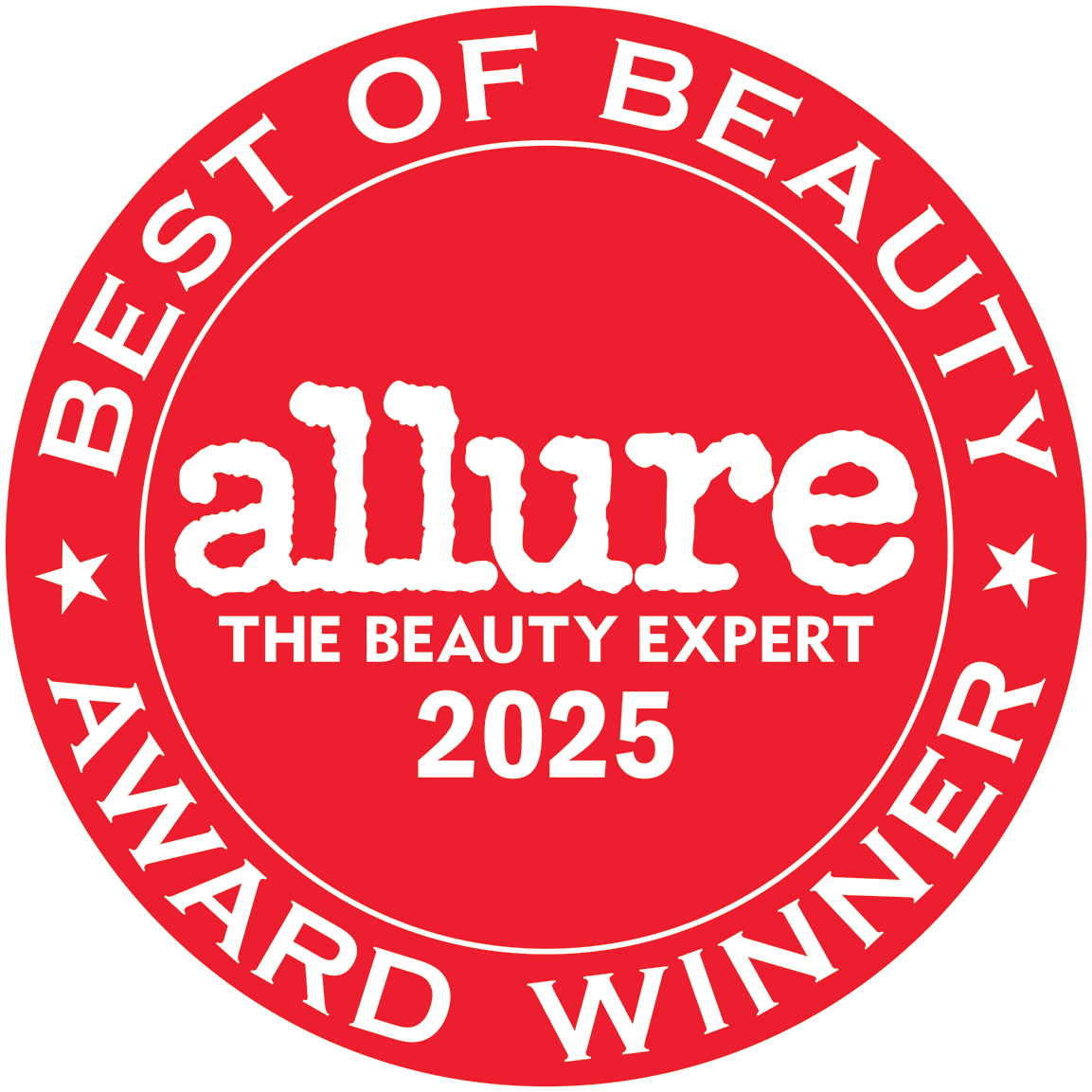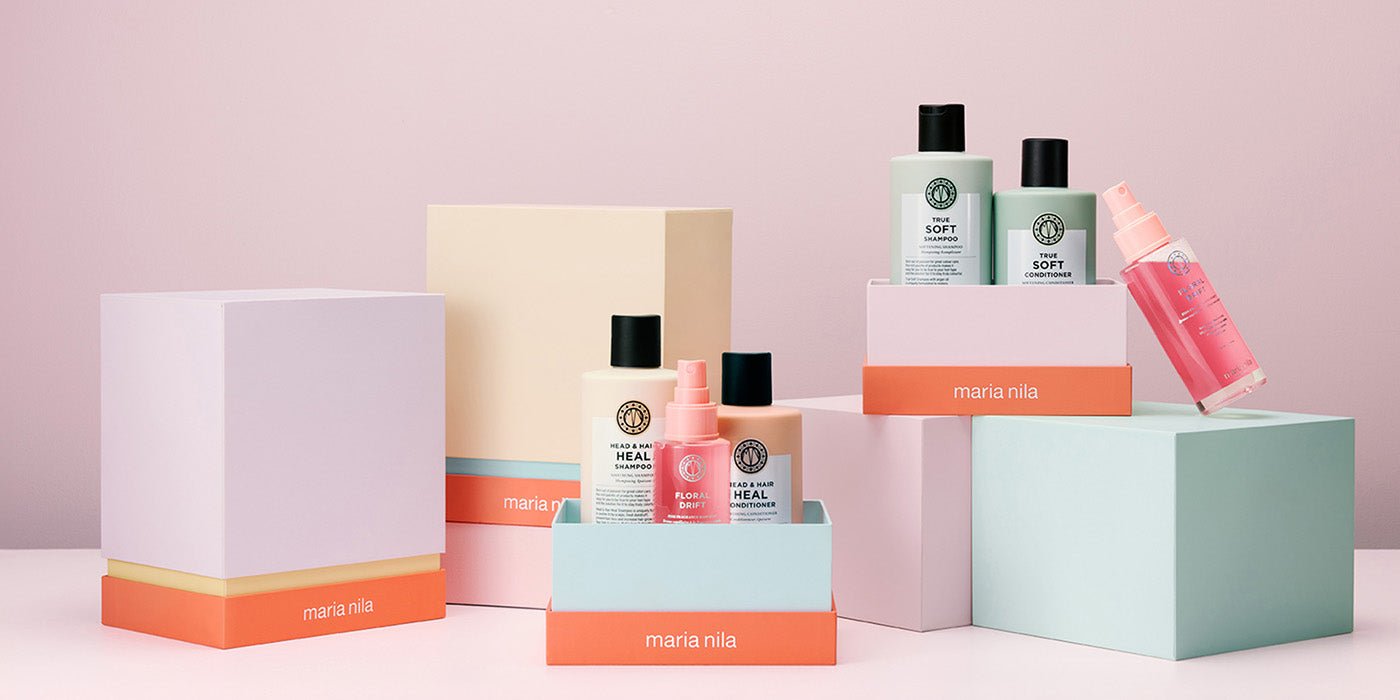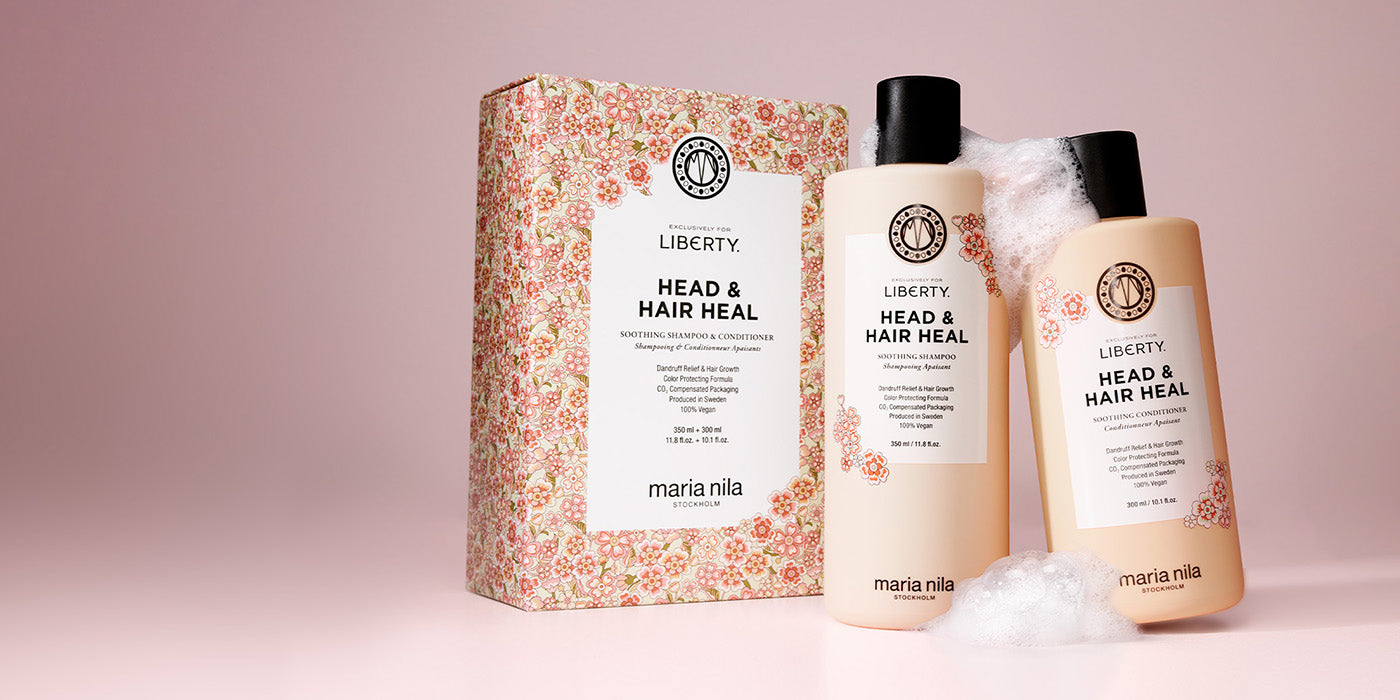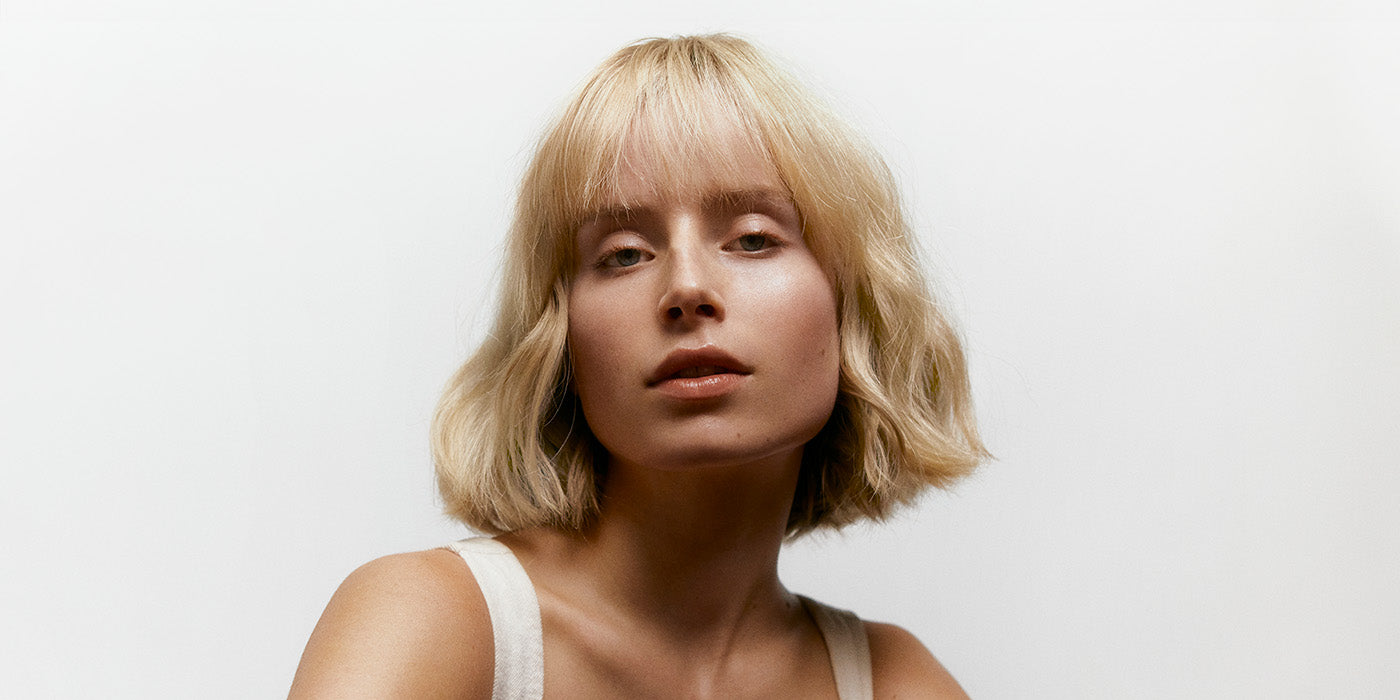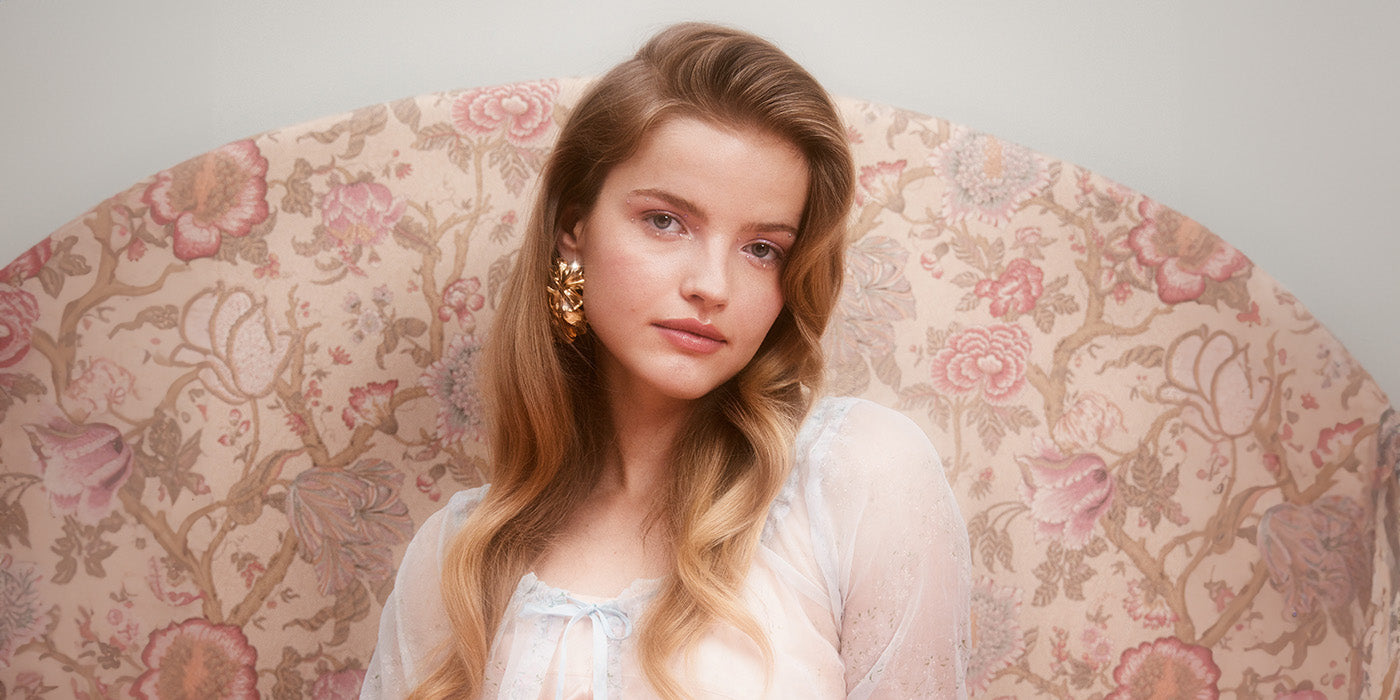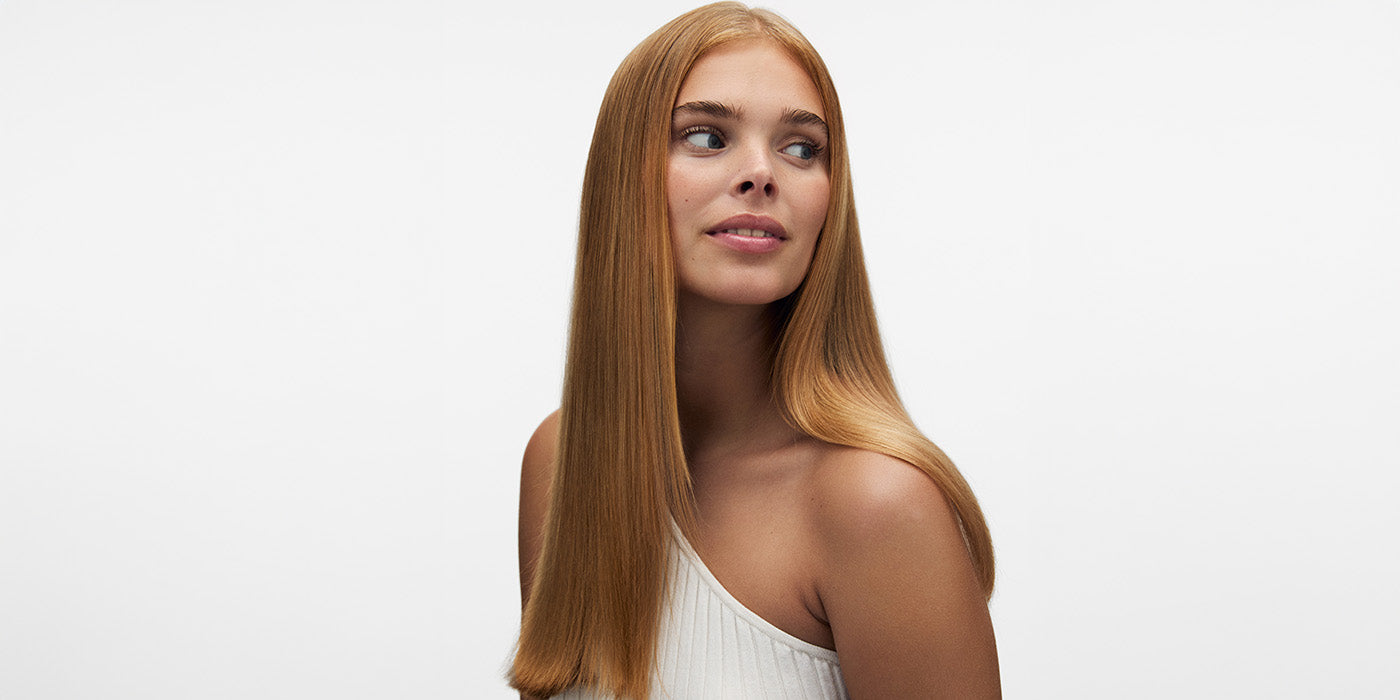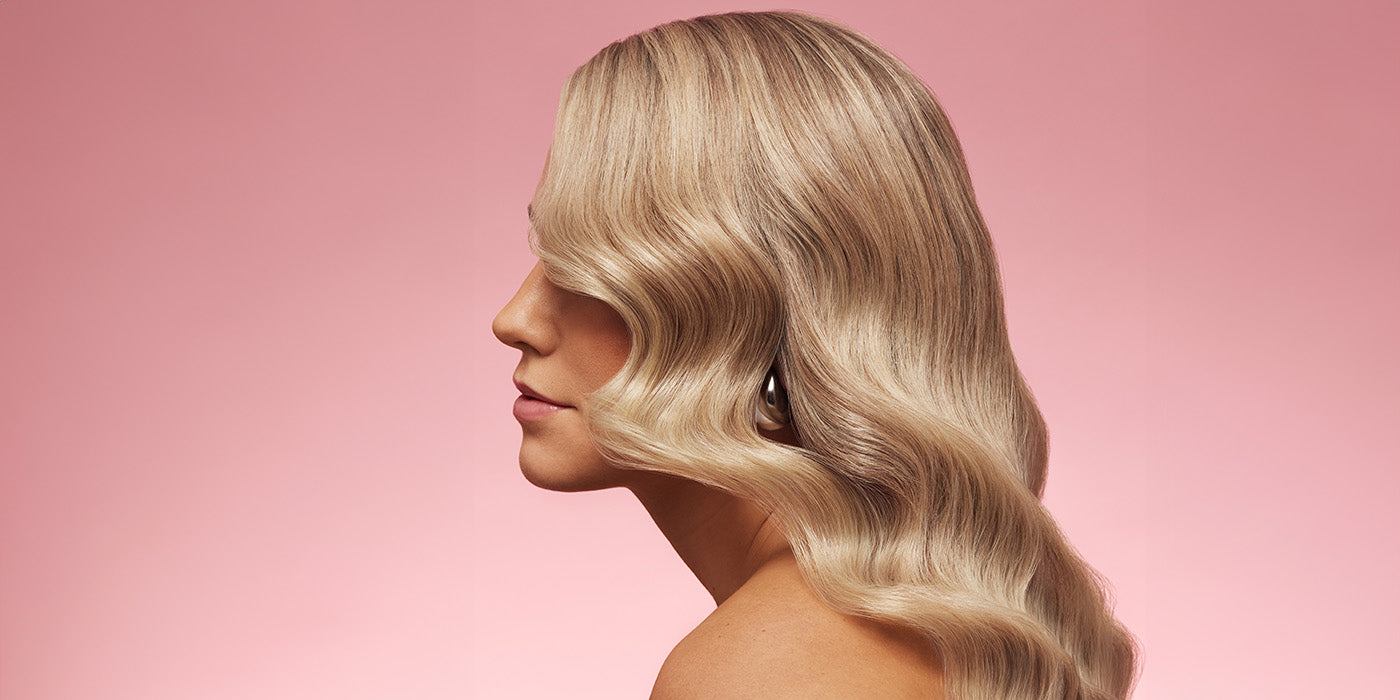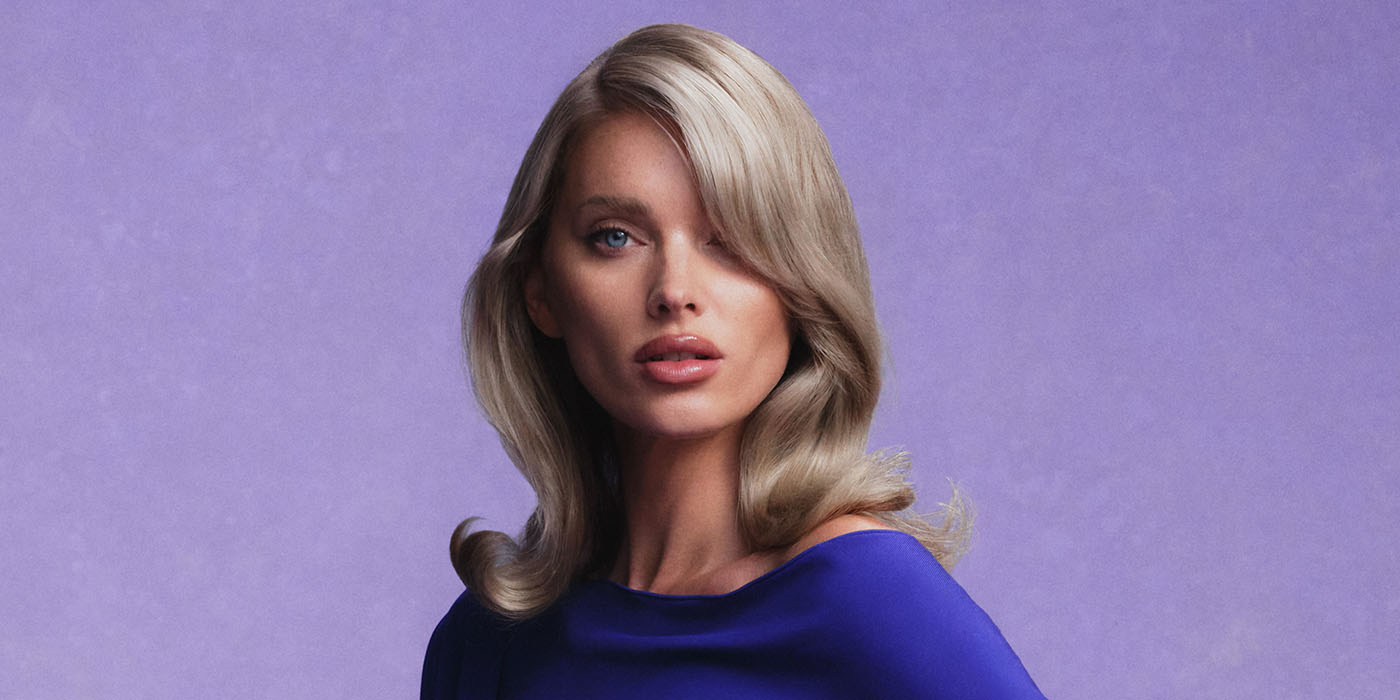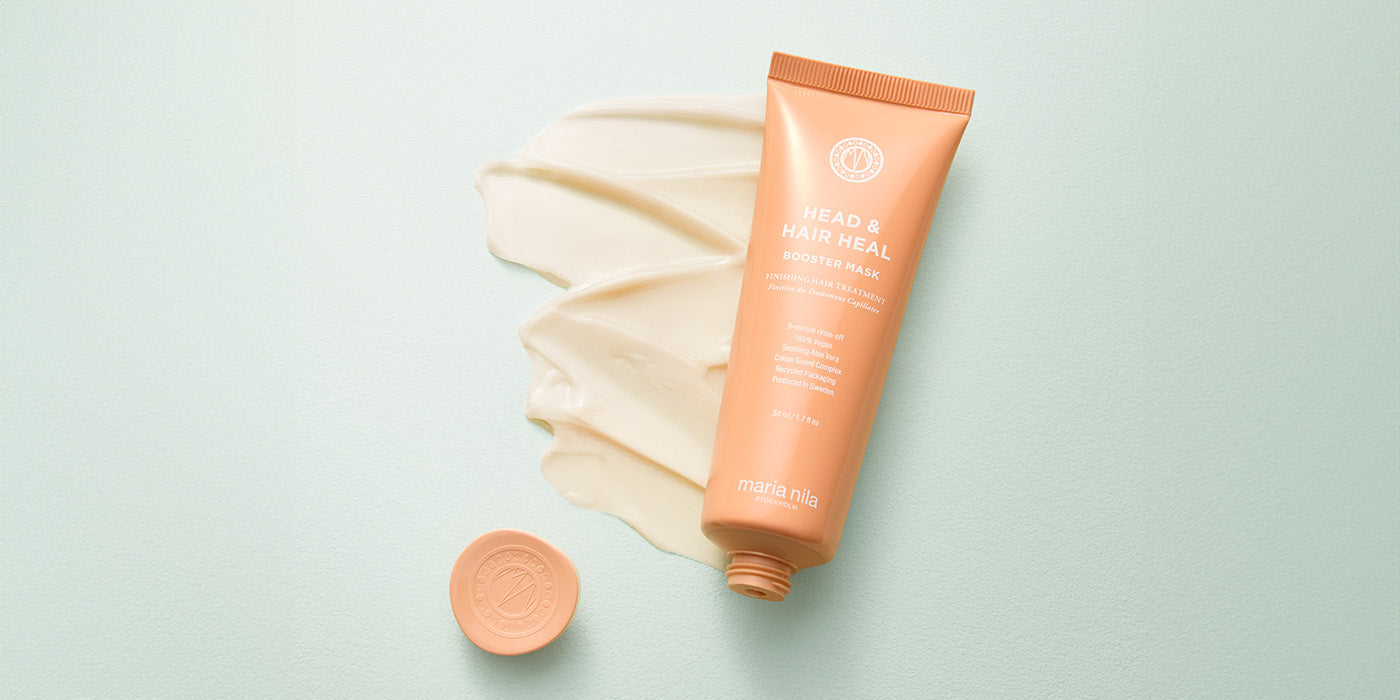

How to fix and take care of damaged hair
Chemically treated and damaged hair are terms we’ve all heard. But what really happens to the hair when it’s damaged? Which hair care products should you use and what can you do yourself to reduce the damage to the hair? We sort out what happens to the hair when it is damaged, give recommendations on products to use and general tips on how to take care of your damaged hair.
What is damaged hair?
It’s common to confuse dry and frizzy hair with damaged hair, but damaged hair has worn down the structure of the hair and can be difficult to save. The outer layer of the hair performs protective and consists of several layers of overlapping scales of the protein keratin. When the outer layer is healthy, a smooth and light-reflecting surface is formed which gives the hair shine.
If the outer layer of the hair is destroyed, dirt easily penetrates the irregularities and make the hair dull. What we call damaged hair has no outer layer left.
Hair that is damaged often looks rough and dry. It may appear that way because of the hair ends that split easy, and the hair gets tangled. In the worst case, the hair ends have started to break, at which point the hair is very damaged. A damaged hair therefore needs moisture and protection in high quantities.
Repair your damaged hair
Damaged hair needs a lot of care. It is important to strengthen, moisturize and protect the hair to prevent further damage. Make sure to use hair masks and leave-in conditioner regularly and always use heat protection. Damaged hair needs to be relieved from stress in order to be repaired, therefore you need to consider whether you really need to use lots of styling products to get structure or volume in your hair, or if you can abstain for a while in favor to your hair.
Repair Shampoo and Repair conditioner from a hair care line especially created for your specific hair type is the best option when choosing hair products for damaged hair, but you should use
additionally products that gives the hair an extra boost. The best products for damaged hair in our range is the Structure Repair, which is tailored for specifically damaged and chemically treated hair. The products in the series contain algae that strengthen, moisturize, and protects the hair against UV radiation and free radicals.
In the Structure Repair series, you will find:
- Shampoo for damaged hair
- Conditioner for damaged hair
- Strengthening leave-in cream
- Hair mask for damaged hair called Structure Repair Hair Masque
How to fix damaged bleached hair
When bleaching the hair, most people expect a positive result – a lighter and fresh new hair color! Unfortunately, the bleaching process can deprive the hairs of their natural and protective oils and fibers. And because of the bleaching, the hair opens its outer layer. If the hair is damaged after bleaching, you usually experience that the hair has less shine, is dry and brittle, tangles easily, has split ends and easily becomes static.
Here are some ways to fix damaged hair caused by bleach or other chemical treatments:
- Cut off the split ends to avoid further hair breakage.
- Moisturize the hair with argan oil or olive oil, which will help rehydrate the hair and smooth the cuticle.
- Use products with UV-protection. Bleached hair is even more sensitive when it comes to UV damage.
- Try rice water bath, which contains an ingredient that has been shown to penetrate damaged hair and repair hair from the inside out.
- Use the Structure Repair range which is adapted for chemically treated hair and is excellent for helping to strengthen your hair with regular use.
Other hair care routines for damaged hair
In order to let the hair rest and minimize the risk of it getting more damaged, you should think about the following in your everyday life:
- Cut the ends regularly to get rid of the most damaged parts
- Use heating tools as rarely as possible
- Be careful with styling products that contain dehydrating substances
- Do not brush your hair when it is wet
- Shower your hair in lukewarm or cold water
- Do not sleep on cotton pillowcases, as the friction when the hair is rubbed against the pillow wears on the hair
- Do not go to bed with wet hair
Maria Nila recommend different hair care routines depending on your hair type.







